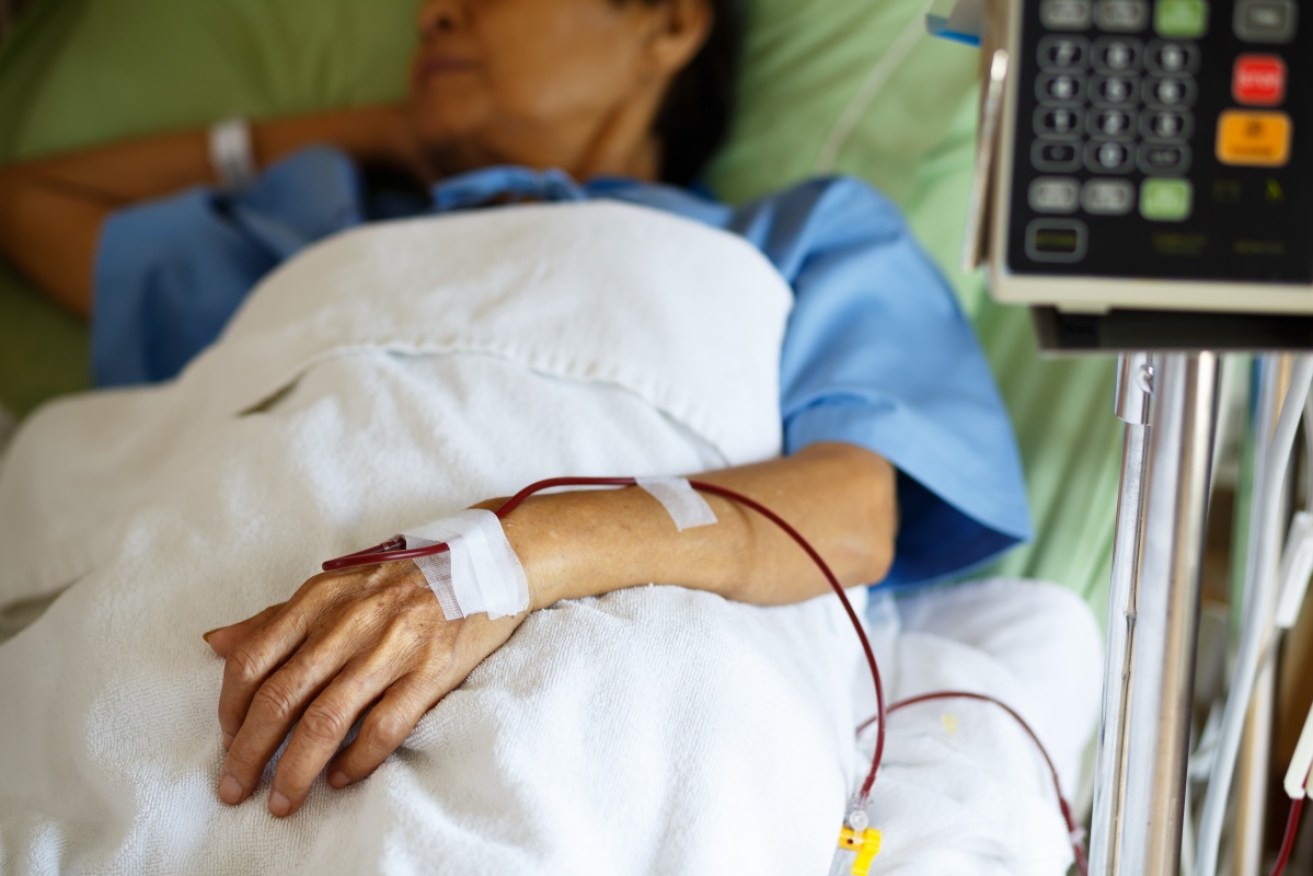Cancer survival rates linked to wealth, new study finds

Researcher say cancer survival is increasingly dependent on wealth. Photo: Getty
Cancer survival between Australia’s rich and poor is widening, leading to urgent calls for action to address the inequity.
A study conducted by the Cancer Institute NSW and published in journal BMC Public Health shows the disparity in NSW has nearly trebled in 30 years.
While cancer survival has improved in general, the socio-economically disadvantaged are still more likely to die from the disease, says Professor David Currow, Chief Cancer Officer and CEO of the Cancer Institute NSW.
“Cancer outcomes overall have improved for everyone across that time but they have improved more rapidly for people with socio-economic advantage,” Professor Currow said.
Researchers analysed cancer registry data from between 1980 to 2008 to explore the outcome differences in socio-economically disadvantaged populations over time.
People in socio-economically disadvantaged areas across the state have a 15 per cent elevated risk of dying from cancer compared with the least disadvantaged areas.
The findings also show this disparity has grown significantly – from seven per cent in 1980-1989, to 14 per cent in 1990-1999 and now 24 per cent in 2000 to 2008.
One of the lead investigators was Professor Sanchia Aranda, the now CEO of Cancer Council Australia. She said there is a false belief that Australians have a fair and equitable health system.
“We have a belief in Australia that we have an equitable health system and that with funding systems like Medicare that everything is equal, but the reality is that there is disadvantage,” Professor Aranda said.
“What this this study really shows is that that disadvantage is widening and we need to do something about it.”
All experts agree, however, that there is no simple solution to such a complex problem.
“In a global context, the disparities between the ‘haves’ and ‘have nots’ cannot be easily explained or fixed by the health system alone. There are broader socio-economic factors that influence health outcomes, including education, income, employment and family background,” Professor Currow said.
Professor Aranda stressed that is not just an issue about access to treatment, and health literacy must be improved among the disadvantaged.
“We know that some of the risk factors for cancer are higher in socio-economically disadvantaged communities and that some of those risk factors are associated with a poorer prognosis,” Professor Aranda said.
“For example you are more likely to get lung cancer if you are in the lowest advantage quintile versus the highest because of higher smoking rates,” she said.
Access to prevention strategies, screening services, treatment and clinical follow up also play an important role.
“Our system is inequitable in the outcomes that it produces and we need to see more attention being paid to solutions that are patient centred not clinician centred,” Professor Aranda said.








